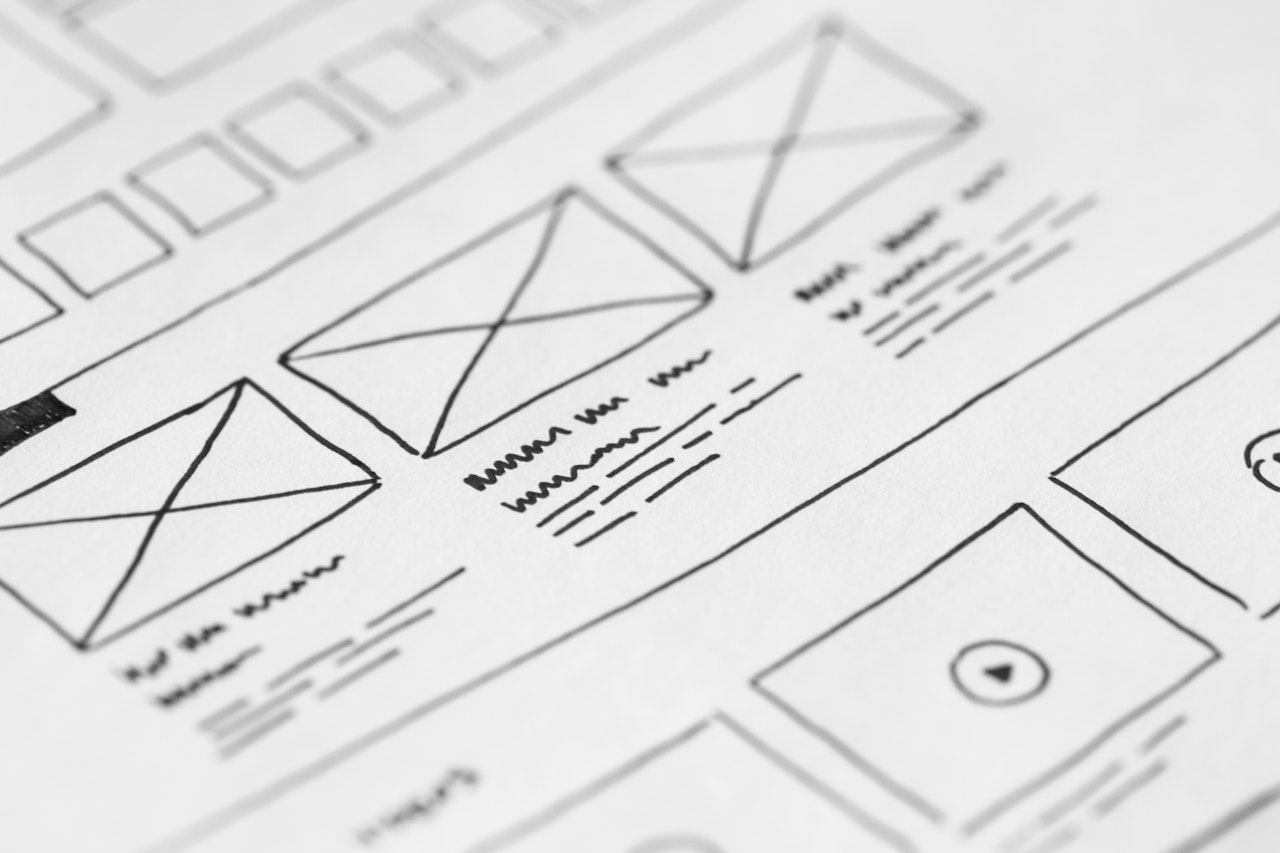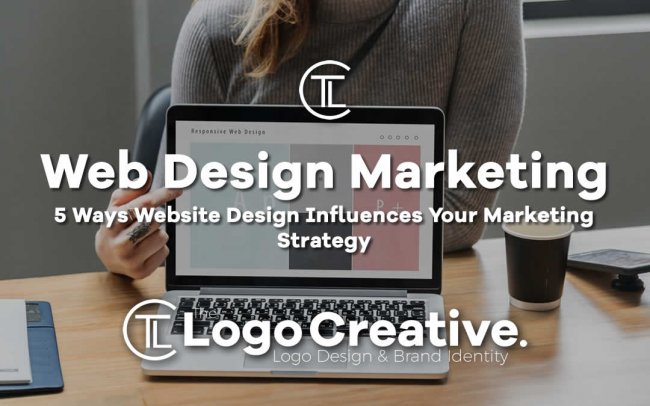Back in the old days, having a website used to be enough for everyone who wanted to outrank their competition. But those days are long gone. Nowadays, having a website is not an advantage anymore but a necessity.
Moreover, the internet marketing industry is raising the bar so high that customers are becoming more and more demanding. As much 38% of customers will stop engaging with a website if the content or layout is unattractive. In addition, almost half of people consider website design to be the primary factor in deciding the business’ credibility.
These numbers leave no room for overthinking. Rather, they clearly tell you that focusing on the design of your website is crucial. Below are listed the five different ways in which website design can influence a marketing strategy.
Table of Contents
Builds Your Brand
Your brand is the core of your business. It is the first thing that comes to your customers’ minds when they think of your company.
With so many international corporations that have created stellar brands, branding has become a big thing. The first brand that comes to your mind is probably Apple and that is completely understandable since they have perfectly addressed all the aspects that make a successful brand.
However, you don’t have to invest nearly as much money or expertise to build your brand. Rather, when you decide to create a website and a brand, it is important to focus on website design and find different ways to strike a chord with your audience.
You can do this by setting up your layout to reflect your brand and combining various visual elements to make your website aesthetically pleasing. In general, you want to aim for simplicity and minimalism in order to make the visuals stand out.
There are quite a few elements that you can use to make your brand and website recognisable. Your logo, typography, and the colours you use on your website can make or break your brand.
How to pick the website colour scheme
If you want to pick a perfect colour combination for your website, there are some steps that you need to follow:
Choose the dominant colour.
Your primary colour is one of the first things associated with your brand. Each colour has a meaning and evokes specific emotions in people, so make sure to choose the colour that aligns with your brand.
Complement your colour scheme.
Your primary colour needs to be supported by other colours in order to create a dynamic visual experience for your website visitors. You can either pick colours that are similar to your dominant colour or complementary colours, which are usually high-contrasting colours placed on the opposite side of the colour wheel.
Pick a background colour.
Finally, you need to find a background colour to make your website look complete. When building an ecommerce website or a website with a grid layout, the best choice is a white or light background to emphasize the products and prominent elements such as the e-commerce shipping fulfillment area for online stores.
On the other hand, in the case of brand promotion or a landing page, try to use your dominant colour for the background.
Improves User Experience

As technology and the internet advance, businesses are constantly raising the bar when it comes to user experience. Consequently, customers’ expectations are now higher than ever and you practically mustn’t compromise your user experience under any circumstances.
Therefore, when building a website, you always need to have your audience in mind. The first thing you need to master is the loading speed regardless of the device used to access the website. As a matter of fact, page load time is an important factor that Google uses to rank websites.
Yes, high-quality videos and images are cool and necessary but make sure not to stuff your pages with them as this will considerably reduce your website speed. In addition, try to eliminate any unnecessary plugins and widgets since they have the same effect.
Moreover, ads that take up the entire screen are a big no-no. Place them either at the top or bottom of the page in order to make navigation easier for users. Also, try to use sliding ads or include only relevant ads. The same goes for pop-ups as they can be extremely annoying and drastically increase the bounce rate.
Finally, the visual aspect is crucial to the user experience. To create an emotionally satisfying UX design, bear in mind that:
- Contrasting colours can be incredibly effective.
- Incorporating brand personality creates a better connection with your visitors.
- Focusing on convenience and efficiency of design enhances customer satisfaction.
Boosts Conversions
In order to increase website conversions, you practically need to lead your customers step by step. Users should be able to navigate through tour site effortlessly and find anything they want without any confusion.
Apart from boosting conversions, clean navigation also helps search engine spiders to properly understand your website structure, which adds value to your site. User experience also depends on website navigation as users generally tend to leave pages or entire websites if they struggle to find what they are searching for.
Here are a few steps that can help you design your website with navigation and conversions in mind:
- The first step to creating logical navigation is to organize your content into categories. Basically, you will need to come up with a few main categories that introduce broad content and then further divide them into subcategories that deal with deeper content.
- Next, use internal links to show search engines and users how your content relates within the website. Internal linking creates a cleaner site hierarchy and helps people move through your website as well as come closer to the page where they can convert.
- Finally, incorporate the hierarchy into navigational buttons in your menu. Use the menu to explain content categories but also create a site map to help search engines understand your website structure.
Of course, it goes without saying that you need to have in mind your mobile users while developing the navigation. This means that they should be able to easily use navigation buttons or menus on touch screens, so never put the buttons too close together or make them too small and difficult to tap.
Inspires Trust

One of the most powerful motivators for building both personal and business relationships is trust. If customers can trust you, they are much more likely to purchase your product or service. And the best place to build trust, believe it or not, is your website.
With this in mind, you should capitalise on word-of-mouth recommendations and social proof to build social trust. There is no better way to advertise your products than having numbers and past customers speak for you.
Testimonials and real reviews are definitely the best way to tackle this. Include reviews with customers’ images if you have permission to use them. Also, incorporate positive customer experiences on popular social media platforms and include social sharing buttons to show how many followers you have.
Speaking of social media, try to be original and have a customer or influencer create an Instagram story to promote your product. However, make sure that they shoot the video properly and set the right Instagram story dimensions.
Your social proof and testimonials can take the following forms:
- quote
- video
- audio
- case study
- customer interview
- influencer testimonial
- peer review
- blog post
- press review
However, whatever form your testimonials take, make sure that they are visually engaging and aligned with specific features of your brand.
Don’t Forget Content Design
Your content marketing should be strongly related to the design of your website considering the fact that the design and application of your website have a great influence on how website visitors access and read your content.
When creating content, make sure to have the following aspects in mind:
Accessibility
When designing a content-heavy website, your priority should be to make the content easily accessible. This means that users need to be able to find all relevant information easily.
Appearance
Your website needs to look great and professional. Here, images can be quite helpful as they improve the visual impression users get. There is no need to mention that your images need to be of the highest possible quality yet optimized for page speed.
In addition, if you run an online store, make sure to pick the best image solution for large e-commerce companies.
Readability
Lastly, your textual content needs to be visually appealing and easily readable. To ensure this, don’t use too many fonts. Instead, choose one font for the titles and another for the content body.
In addition, it goes without saying that your font colour should clearly stand out from the background. Also, the body copy has to be clean and large enough so that your visitors can read all your content easily.
Web Design Trends
As the years go by and a new year enters there are always new and exciting web design trends that emerge. It can be anything from the layout, typography, the colours and gradients used to white space and everything else in between that. When it comes to web design trends no design element is ever left out certain things stay the way they are as a popular element to use while others change and improve for better usability and engagement.
There are also new and innovative web design trends that pop up every year and it’s a good idea to keep on top of current and new web design trends. Not all trends will be appropriate but there are some that will take your website to new heights bring it in line with web standards and improve the look and feel of your website improving UX (user experience) and UI (user interaction) thurs increasing engagement and sales.

